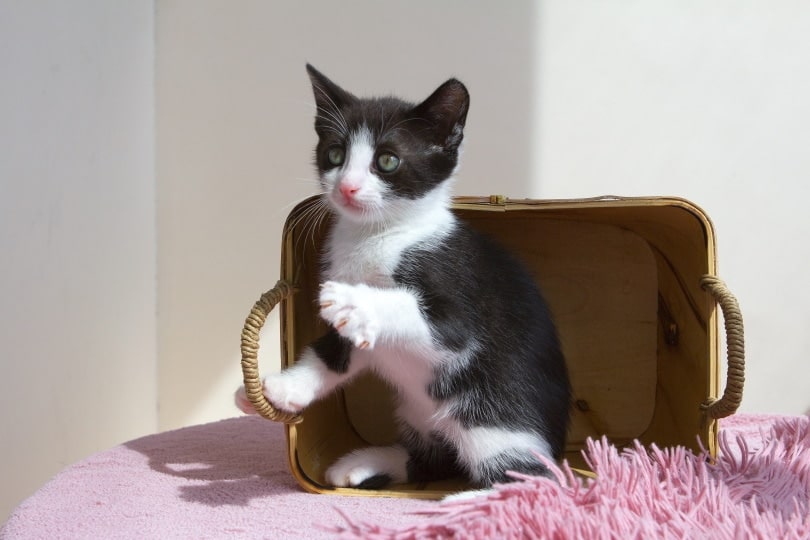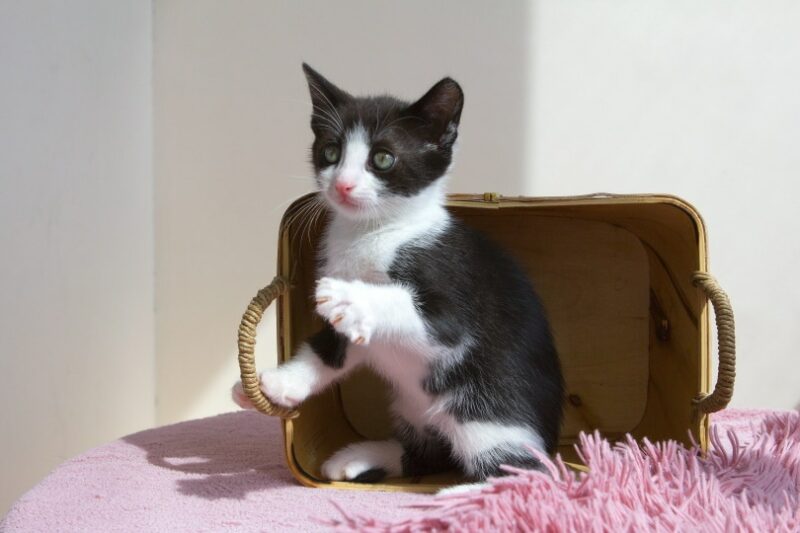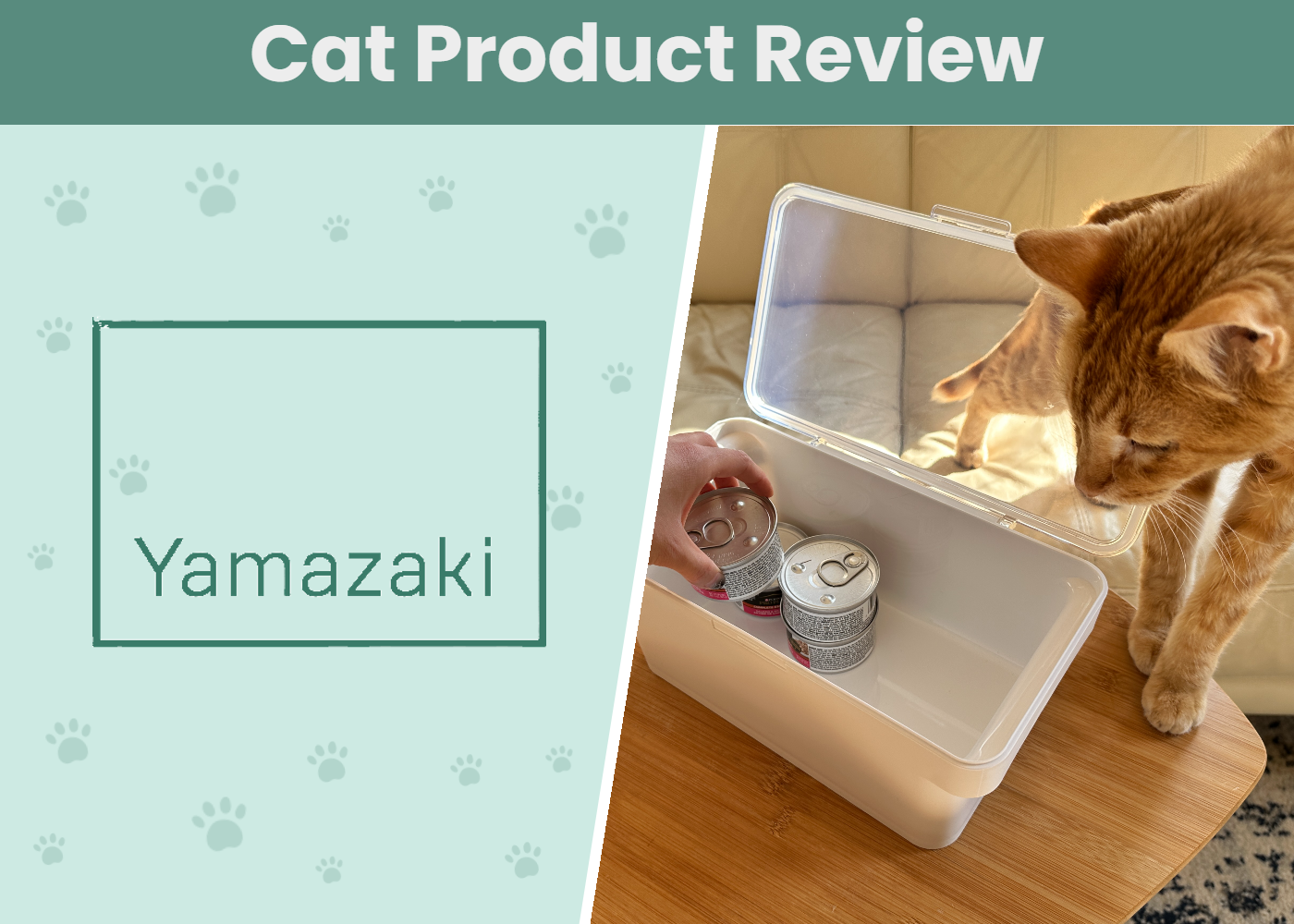The downside to humans domesticating cats is that felines’ bathroom habits are significantly different from ours! While some highly clever cats with great trainers as owners can learn to use an actual human toilet, most need to be housetrained to use a litter box. Even though using a litter box comes with instinct, kittens still need some guidance.
Knowing when your kitten needs to use the toilet is the key to toilet training. Find out more below.

The 5 Signs Your Kitten Needs the Litter Box
1. Routine
A kitten’s high metabolism not only fuels its growth and development but increases the rate of digestion and water processing. More often than not, a kitten will need to use the toilet within 15 minutes of eating or drinking.
This kickstarts digestion and flushes out waste to make room to process new ingestions. After your kitten eats or drinks, take them to the litter box. This way, you pick up on their biological schedule and create a routine.
You should also take them to the litter box shortly after they wake up or when they begin to calm down after an intense play session. These intermediate moments are standard toilet times, so placing them in the litter box can ensure they are in the right place!
2. Scratching/Pawing
Cats will naturally bury their waste. This tactic avoids detection from predators and shows submission to other dominant individuals. To make the burying process easier, cats will dig a hollow first, as it’s easier to cover their poop afterward. Cats also cover their leftover food, so don’t confuse this behavior if they paw around their food bowl.
Inside the home, you might see pawing or scratching behavior. Your kitten pawing at the ground is a last-minute sign they are preparing to go to the toilet, so act quickly to get them to the litter box!

3. Restlessness
As you well know, the urge to defecate or urinate sends signals through the body. Your cat’s biology is no different. Often this signal is delayed in kittens, so once they feel the need to go, they need to do so quickly.
Kittens search for an area to toilet in private. If your kitten stops what they are doing to dash behind the couch, make sure you are close behind them to direct them to the litter box.
4. Crying
Kittens won’t naturally want to poop out in the open of your living room. They like the safety of a private area and a substrate they can bury their waste in.
If they can’t find an area they’re comfortable in, they will verbally let you know. Your kitten may cry if they are blocked off from their litter box, can’t locate it, or want to go outside. This verbal cue can help you know when they need some direction.
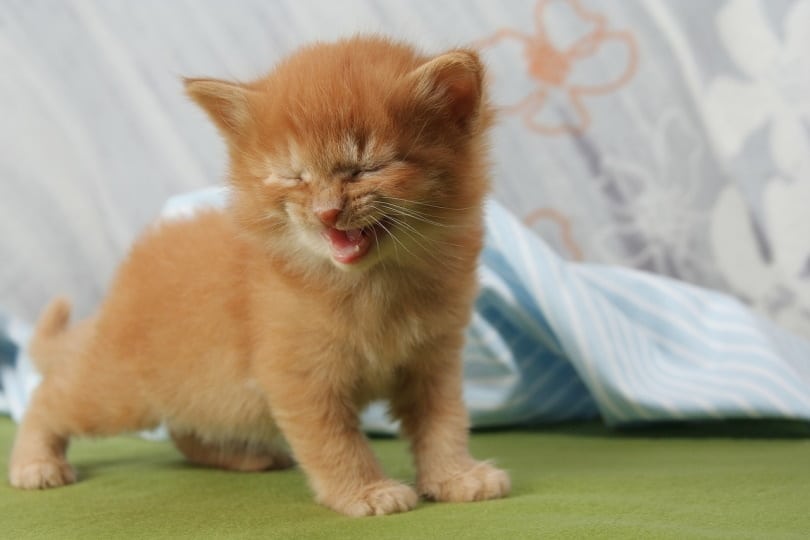
5. Squatting
If you miss all the above cues, one thing will let you know that disaster is about to strike: Your kitten will “assume the position.” Cats will squat to align their bowels for “evacuation.” To aim urine away from the body, they will dip their pelvis toward the ground.
If you see this sign, you have mere seconds to relocate your kitten to the litter box.
Kitten Toilet Training Basics
Fortunately for us indoor cat owners, cats will naturally strive to bury their waste. This makes the litter box the favorite place to go to the toilet, and adult accidents around the home are rare.
For kittens, house training is needed to condition the use of the litter box. Kittens don’t quite yet have the mental comprehension to pick up on physical signals, and often when they get the urge to go, they have little time to react. They also have underdeveloped abdominal and sphincter muscles to physically hold it in.
Successful toilet training relies on two principles.
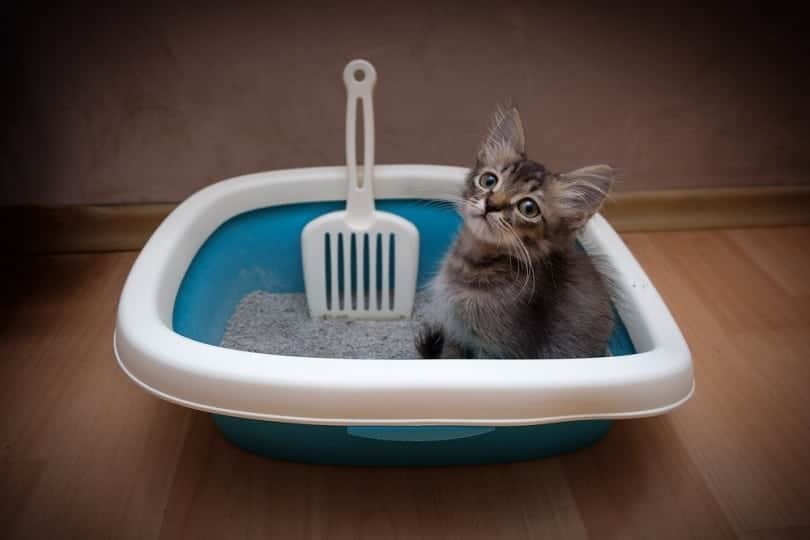
- Recognizing signs. Our list above will have you mastering the art of kitten toilet behavior so you can put a tick next to this one!
- Providing a suitable litter box.
With these two things, your kitten will quickly learn when and where to go to the toilet and before you know it, their instincts will guide them to being fully housetrained. But, sometimes accidents still happen, so when it comes to kittens, it’s always good to have a good enzyme spray on hand.
- ADVANCED ENZYMATIC CLEANER - Penetrates the most stubborn smells and stains at the deepest molecular...
- FOR ANY MESS, ON ANY SURFACE - This pet odor eliminator cleans your carpets, floors, furniture,...
- FRESH, NATURAL ODOR - Our unique formulation doesn't rely on dangerous or unpleasant chemical...
The Hepper Advanced Bio-Enzyme Pet Stain & Odor Eliminator Spray is our favorite enzyme cleaner out there. It permanently removes even the very worst kitty stains and smells, leaving your home fresh and clean! Click here to learn more about this amazing product and get yourself a bottle.
At Catster, we’ve admired Hepper for many years, and decided to take a controlling ownership interest so that we could benefit from the outstanding products of this cool cat company!
Litter Boxes for Kittens
- Provide a separate litter box for each cat in the home. Your kitten will need its own box to feel safe and secure. Chemicals from other cats’ waste can cause intimidation and discomfort.
- Provide multiple litter boxes. If your kitten is the only cat, it’s still advisable to have multiple litter boxes, especially if you have a large home. Multiple boxes mean they can be distributed evenly through the house, ensuring your kitten always has a toilet close when the urge strikes.
- Give them privacy. The box should be situated in a quiet area with little household traffic. Cats like to be alone, so make sure to leave them to it.
- Add their scent to the box. If your kitten has a poop accident around the home, you can add the waste to the litter box. This will indicate to your kitten that this is the place where poo belongs.
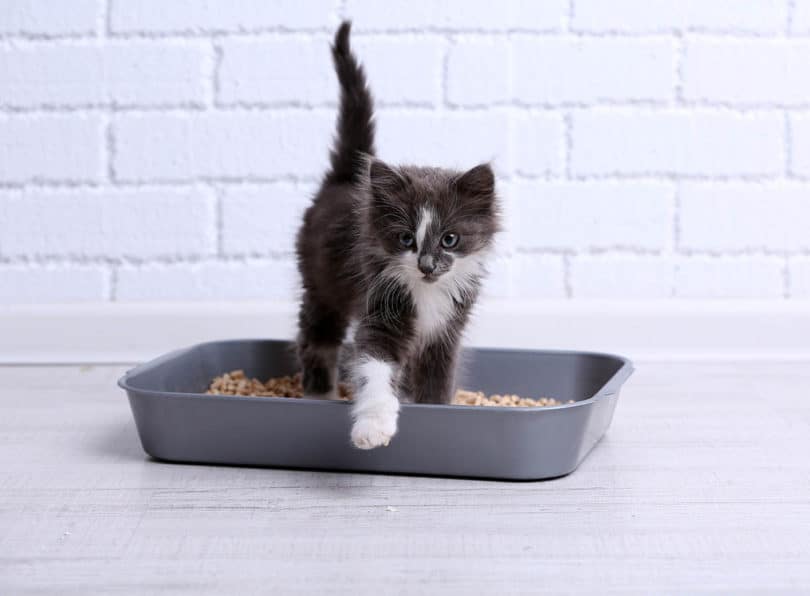
Final Thoughts
Some kittens pick up toilet training in a day or two, while others may take weeks. The key is showing patience. Use consistent training practices and never punish your kitten for mistakes. Remember, your kitten is just a baby and is still developing.
Related Read:
Featured Image Credit: Piqsels

